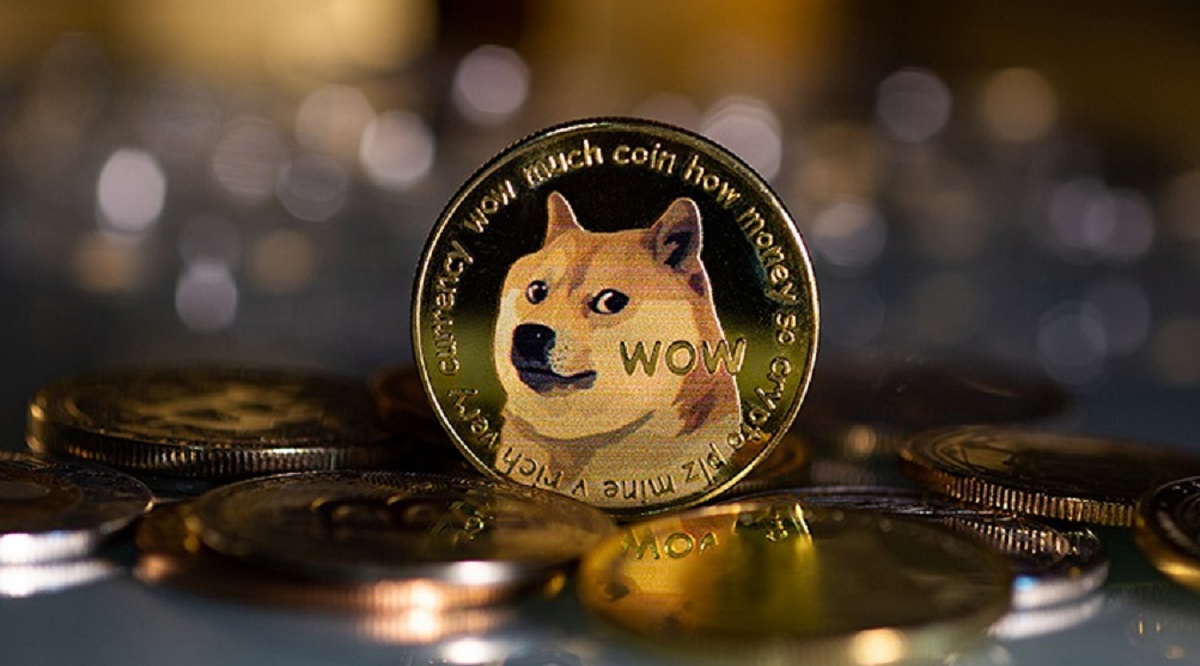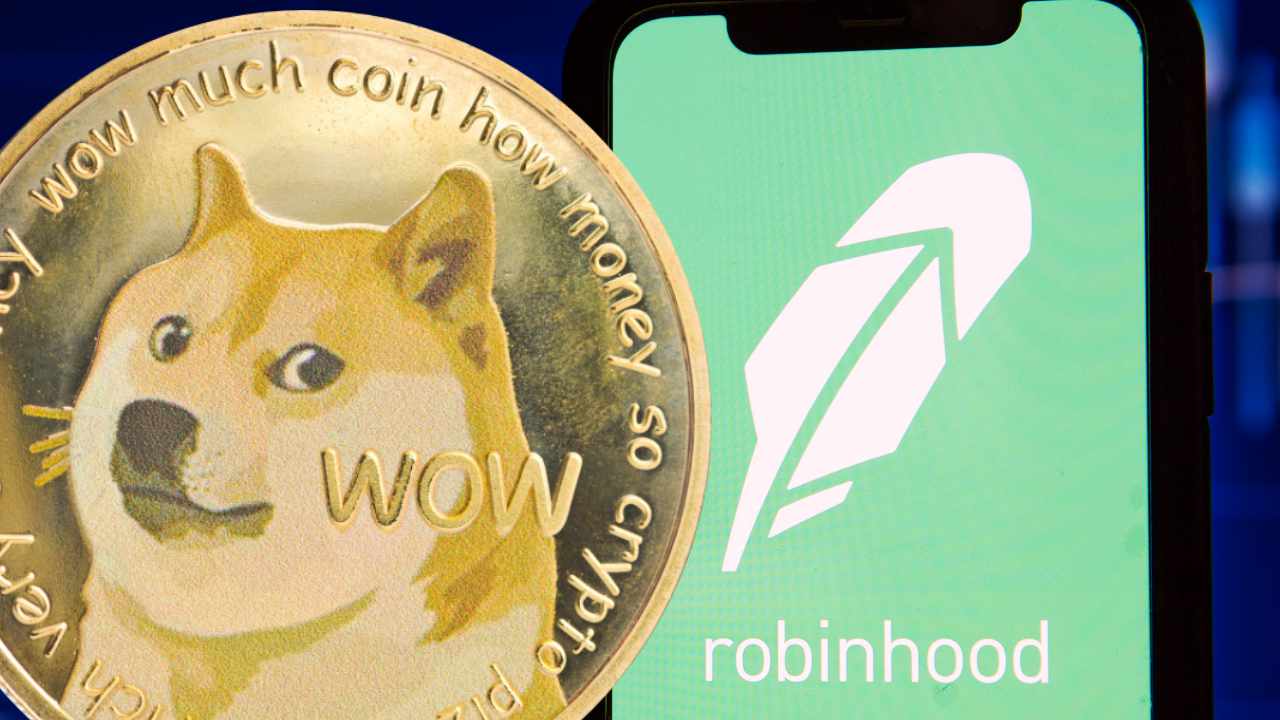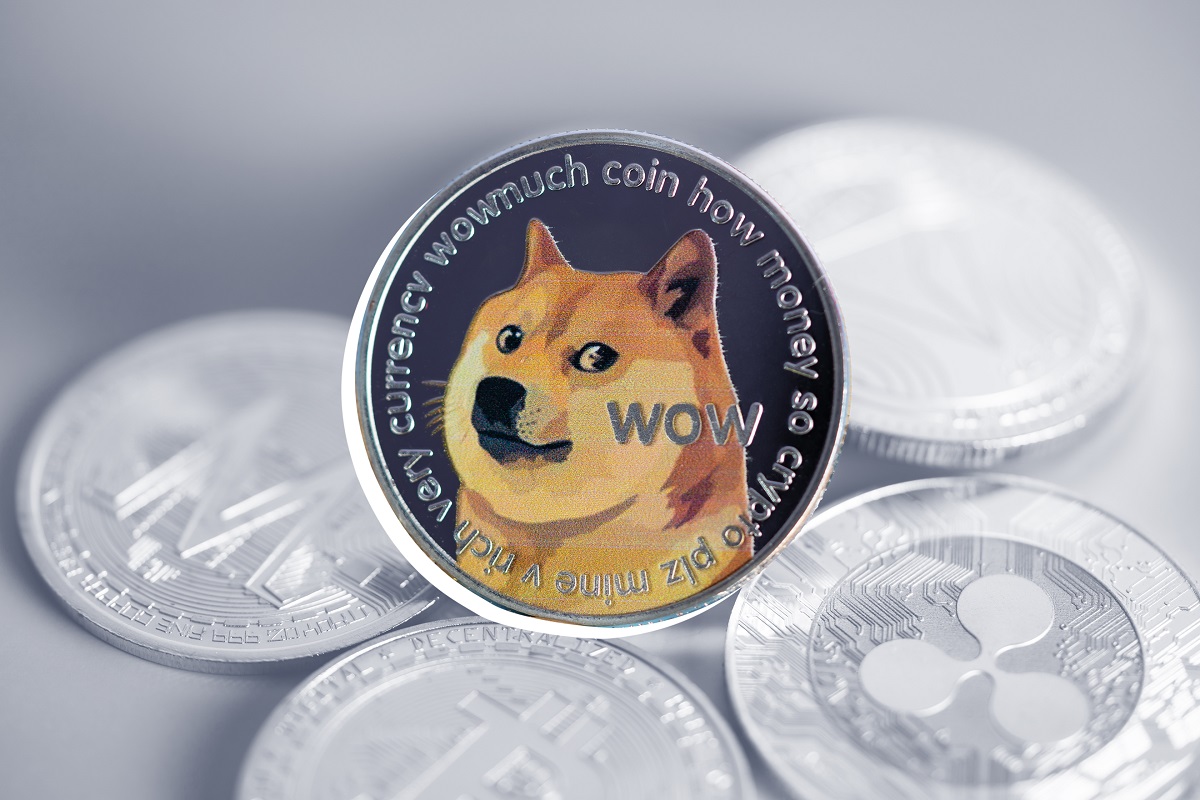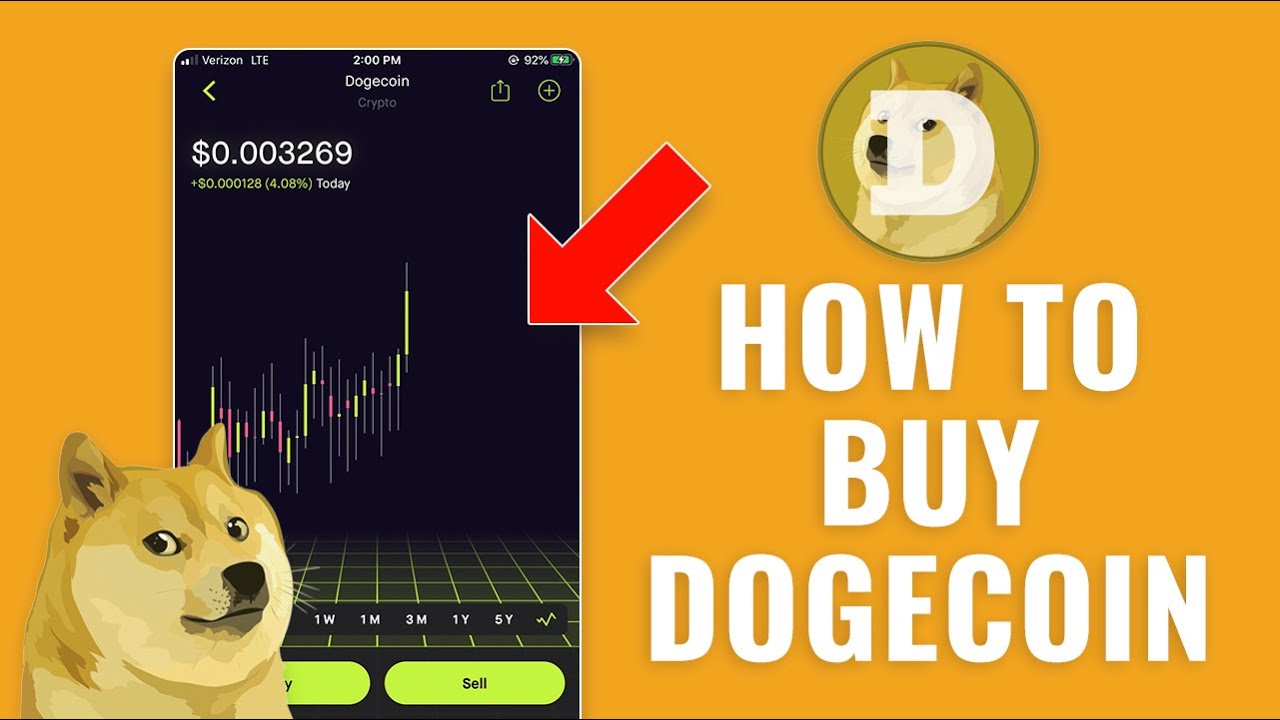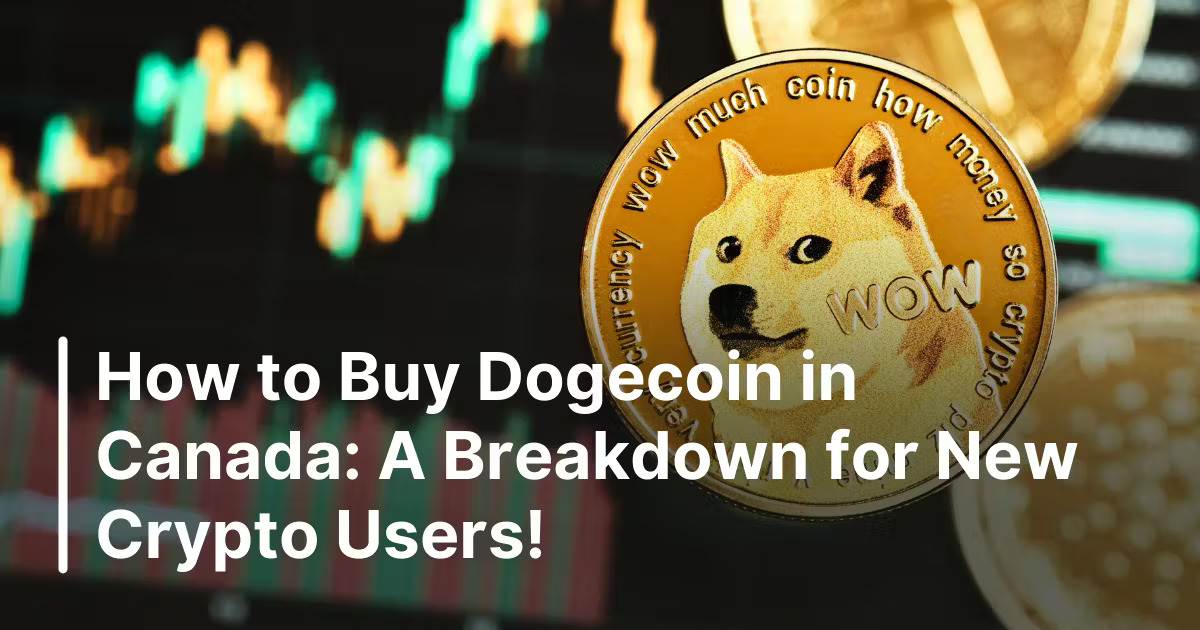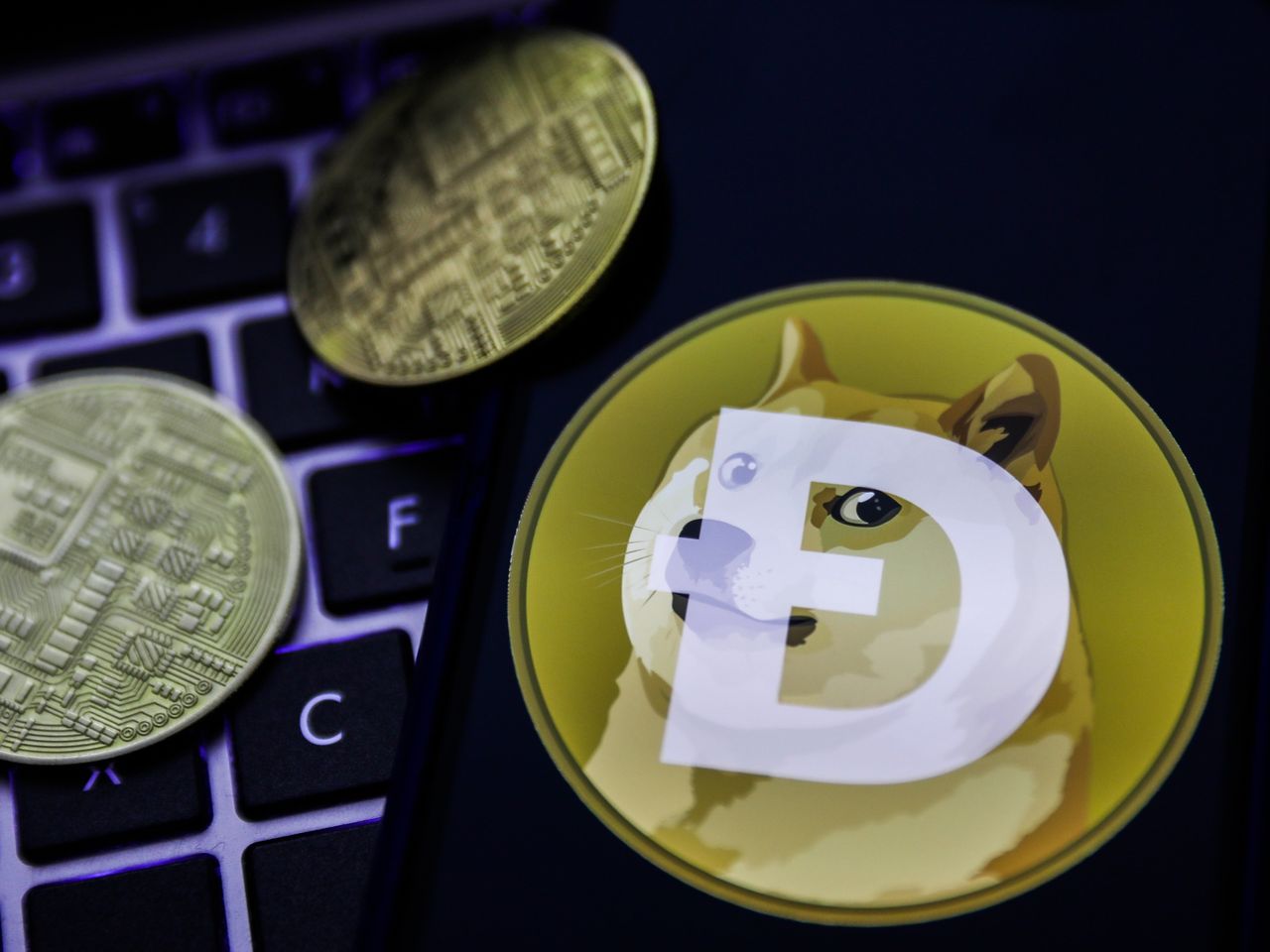Introduction
Welcome to the exciting world of Dogecoin investment! If you’ve been following the news or browsing social media lately, you’ve probably heard about this popular cryptocurrency that started as a meme and has gained significant attention in recent times. With its cute Shiba Inu logo and a rapidly growing community of supporters, Dogecoin has managed to capture the interest of many investors.
But before you jump headfirst into investing in Dogecoin, it’s important to understand the fundamentals and consider various factors that may influence your decision. The cryptocurrency market can be highly volatile, and it’s crucial to approach your investments with a thoughtful strategy.
In this guide, we will explore the intricacies of Dogecoin, discuss the volatility of the cryptocurrency market, and provide insights into factors you should consider when investing in Dogecoin. We’ll also address the all-important question: How much money should you invest in Dogecoin?
Before we dive into the specifics, let’s start by understanding what Dogecoin is and why it has gained such popularity.
What is Dogecoin?
Dogecoin is a cryptocurrency that was created in 2013 by software engineers Billy Markus and Jackson Palmer as a fun and lighthearted alternative to Bitcoin. While Bitcoin aimed to revolutionize the financial industry, Dogecoin was created with the intention of being a joke or meme cryptocurrency, inspired by the popular “Doge” meme featuring a Shiba Inu dog.
Despite its origins as a joke, Dogecoin quickly gained a dedicated community of supporters who saw the potential for it to become something more. The friendly and inclusive nature of the Dogecoin community, combined with its charismatic meme-inspired branding, helped it gain traction among both cryptocurrency enthusiasts and the general public.
Similar to other cryptocurrencies, Dogecoin operates on a decentralized network called a blockchain. The blockchain serves as a public ledger that records all transactions, ensuring transparency and security. Dogecoin uses the proof-of-work consensus mechanism, in which miners solve complex mathematical problems to validate transactions and maintain the integrity of the network.
One unique aspect of Dogecoin is its unlimited supply. Unlike Bitcoin, which has a maximum supply of 21 million coins, Dogecoin has no maximum supply limit. Instead, billions of Dogecoins are minted each year, which contributes to its high supply and low individual value.
While Dogecoin retains its humorous origins, it has evolved beyond being just a meme and has gained legitimate recognition in the cryptocurrency world. It has been used for various charitable initiatives and has even sponsored sports teams and events.
Now that you have a general understanding of what Dogecoin is, let’s explore the volatility of the cryptocurrency market and how it can impact your investment decisions.
Understanding the Volatility of Dogecoin
When it comes to investing in Dogecoin or any cryptocurrency, it’s crucial to understand the inherent volatility of the market. The price of Dogecoin, like other cryptocurrencies, can experience extreme fluctuations in short periods of time. This volatility is driven by a variety of factors, including market sentiment, technological developments, regulatory changes, and even social media trends.
One of the primary factors contributing to the volatility of Dogecoin is the speculative nature of cryptocurrency investments. Unlike traditional stocks or bonds where the value is influenced by factors such as earnings reports or economic indicators, the value of cryptocurrencies is often driven by speculation and investor sentiment. Good news or positive developments can cause prices to soar, while negative news or market uncertainties can lead to significant price drops.
Another contributing factor to Dogecoin’s volatility is its relatively low market capitalization compared to more established cryptocurrencies like Bitcoin and Ethereum. With a smaller market cap, Dogecoin is more susceptible to price manipulation by large traders or whales, who can influence the market by buying or selling large volumes of coins.
In addition to these factors, social media trends and online communities can have a significant impact on Dogecoin’s price. With a passionate and engaged community, Dogecoin is often subject to viral trends and campaigns that can drive both buying and selling pressure. The power of online communities and influencers to shape the market cannot be underestimated when it comes to Dogecoin.
It’s essential to keep in mind that volatility can work both in your favor and against you. While it presents opportunities for substantial gains, it also carries the risk of significant losses. Therefore, it’s crucial to approach Dogecoin investment with caution and do thorough research before making any decisions.
Now that we understand the volatility of Dogecoin, let’s delve into the factors you should consider when deciding how much money to invest in this cryptocurrency.
Factors to Consider when Investing in Dogecoin
Investing in Dogecoin, like any other investment, requires careful consideration of various factors. Here are some key factors to keep in mind when deciding whether to invest in Dogecoin and how much money to allocate:
- Financial Goals: Determine your financial goals and objectives. Are you looking for short-term gains or long-term investment? Understanding your goals will help you make informed decisions about the amount of money you can afford to invest in Dogecoin.
- Risk Tolerance: Assess your risk tolerance and willingness to endure volatility. Dogecoin, being a highly volatile asset, can experience rapid price fluctuations. It’s important to be comfortable with potential losses and, if possible, diversify your investment portfolio to mitigate risk.
- Market Research: Conduct thorough research on the cryptocurrency market as a whole, as well as the specific factors influencing Dogecoin’s price. Stay updated with news, technological developments, and regulatory changes that may impact the cryptocurrency market and Dogecoin in particular.
- Financial Situation: Consider your current financial situation, including your income, expenses, and existing investments. It’s crucial to invest only the amount of money that you can afford to lose. Avoid overextending yourself financially and jeopardizing your financial well-being.
- Expert Advice: Seek advice from financial professionals or cryptocurrency experts who can provide insights and guidance. A qualified advisor can help you assess the potential risks and rewards of investing in Dogecoin and assist you in making informed decisions.
- Timing: Timing can be crucial in investing. Consider the current market conditions and assess whether it’s the right time to invest in Dogecoin. However, attempting to time the market perfectly is challenging, and long-term investments tend to yield better results than short-term speculation.
- Investment Strategy: Develop a clear investment strategy before investing in Dogecoin. Determine whether you want to take a buy-and-hold approach or engage in active trading. Your strategy should align with your financial goals and risk tolerance.
Remember, investing in Dogecoin or any cryptocurrency comes with risks. It’s important to do your due diligence, stay informed, and make decisions based on thorough analysis rather than impulsive emotions. By considering these factors, you can make more informed decisions about how much money to invest in Dogecoin and reduce the likelihood of making costly mistakes.
How much money should I invest in Dogecoin?
Deciding how much money to invest in Dogecoin is a personal decision that depends on several factors, including your financial situation, risk tolerance, investment goals, and market conditions. Here are some considerations to help you determine the amount you can allocate to Dogecoin:
- Investment Objective: Define your investment objective. Are you looking to make a long-term investment or capitalize on short-term price movements? The answer to this question will guide you in determining how much money you should invest. Long-term investors may choose to allocate a smaller portion of their portfolio to Dogecoin, while short-term traders might be more comfortable with a higher allocation.
- Financial Stability: Consider your financial stability and current obligations. It’s crucial to invest only what you can afford to lose. Make sure you have enough funds to cover your living expenses, emergency savings, and other financial commitments before allocating money to speculative investments like Dogecoin.
- Risk Appetite: Assess your risk appetite and tolerance. Dogecoin is known for its volatility and the potential for significant price swings. If you have a higher risk tolerance and can handle more substantial losses, you might be comfortable investing a larger percentage of your portfolio in Dogecoin. However, if you have a lower risk tolerance, it’s advisable to limit your exposure to a smaller portion of your overall investment portfolio.
- Diversification: Diversification is a key principle in investing. Spreading your investment across different asset classes can help mitigate risk. Rather than investing a significant portion of your portfolio solely in Dogecoin, consider diversifying by including other cryptocurrencies, traditional investments, or even non-crypto assets like stocks and bonds.
- Professional Advice: Seeking guidance from financial professionals or cryptocurrency experts can be beneficial. They can provide insights tailored to your specific financial situation and help you determine an appropriate allocation to Dogecoin based on your individual circumstances.
- Start Small and Learn: If you’re new to investing in cryptocurrencies, it’s often recommended to start with smaller amounts. This allows you to gain hands-on experience and learn about the market dynamics without risking a significant portion of your wealth. As you gain confidence and understanding, you can gradually increase your investment in Dogecoin.
Ultimately, the decision of how much money to invest in Dogecoin is up to you. It’s crucial to carefully consider these factors, do your research, and make informed decisions. Keep in mind that cryptocurrencies can be highly volatile, and investing in them carries inherent risks. Only invest what you are comfortable with and be prepared for the possibility of losing your investment.
Diversifying your Dogecoin Portfolio
While Dogecoin may be an intriguing investment opportunity, it’s important to remember the principle of diversification. Diversifying your investment portfolio can help reduce risk and potentially enhance returns. Here are some strategies to consider for diversifying your Dogecoin portfolio:
- Invest in other cryptocurrencies: Instead of allocating the entirety of your cryptocurrency investment to Dogecoin, consider diversifying your holdings by investing in other cryptocurrencies. Bitcoin and Ethereum, for example, are more established digital currencies with larger market caps and a history of price stability. By investing in a mix of different cryptocurrencies, you can spread your risk across various assets.
- Explore traditional investments: Cryptocurrencies shouldn’t be the sole focus of your investment portfolio. Consider diversifying further by including traditional investment assets such as stocks, bonds, mutual funds, or real estate. These assets can provide stability and potentially different sources of returns that are not correlated with the volatility of cryptocurrencies.
- Allocate to other sectors: Another way to diversify your Dogecoin portfolio is by investing in different sectors. Cryptocurrency market trends can be influenced by industry-specific factors. For example, investing in blockchain technology companies or industries utilizing blockchain can provide exposure to cryptocurrency-related opportunities while diversifying your holdings.
- Utilize investment vehicles: Consider investing in crypto-focused investment vehicles such as exchange-traded funds (ETFs) or mutual funds that offer exposure to a basket of different cryptocurrencies. These investment vehicles can provide diversification within the crypto space and are managed by professionals who make investment decisions on your behalf.
- Employ dollar-cost averaging: Dollar-cost averaging is an investment strategy that involves investing a fixed amount of money at regular intervals, regardless of the asset’s price. This strategy allows you to spread your investments across different market conditions and potentially mitigate the impact of short-term price fluctuations.
- Rebalance your portfolio: Regularly review and rebalance your investment portfolio to maintain your desired asset allocation. As the performance of different assets varies, it’s important to adjust your holdings to align with your investment goals and risk tolerance. Rebalancing ensures that you’re not overly exposed to any single asset, including Dogecoin.
By diversifying your Dogecoin portfolio, you can mitigate risk and navigate the inherent volatility of the cryptocurrency market more effectively. Remember to consider your personal financial goals, risk tolerance, and seek professional advice to determine the best diversification strategy that aligns with your specific circumstances.
Setting Realistic Expectations for Dogecoin Returns
When investing in Dogecoin or any cryptocurrency, it’s important to set realistic expectations for potential returns. While the crypto market has seen some phenomenal gains in recent years, it’s crucial to approach your investment with a balanced perspective. Here are some factors to consider when setting expectations for Dogecoin returns:
- Volatility: Dogecoin is known for its high volatility, which means that its price can experience drastic fluctuations in short periods. While this volatility can present opportunities for significant gains, it also entails the risk of substantial losses. Set realistic expectations for ups and downs in the market and be prepared for potential swings in the value of your investment.
- Historical Performance: Examine the historical performance of Dogecoin and other cryptocurrencies. While past performance is not indicative of future results, it can provide insights into the potential return patterns and trends. However, it’s important to note that the cryptocurrency market is highly unpredictable, and historical performance should not be relied upon solely for estimating future returns.
- Market Factors: Consider the various market factors that can influence the value of Dogecoin. Track news, technological advancements, regulations, and other developments that can impact the cryptocurrency’s growth potential. However, it’s essential to remember that market sentiment can change rapidly, and external factors beyond your control can affect returns.
- Investment Timeframe: Determine your investment timeframe and align your expectations accordingly. Short-term trading and investing may yield quicker returns but come with higher risks. Long-term investment strategies tend to smooth out the effects of volatility and can potentially lead to more stable returns.
- Market Conditions: Assess the current market conditions and overall sentiment towards cryptocurrencies. Bullish market conditions, where prices are rising, can amplify returns, while bearish market conditions, where prices are declining, may limit gains or even result in losses. Consider the cyclical nature of the cryptocurrency market when setting expectations.
- Diversification: Diversifying your investment portfolio beyond Dogecoin can impact the overall returns you can expect. By spreading your investments across different assets or sectors, you can potentially reduce risk and enhance the stability of your portfolio. Diversification can help mitigate the impact of any single asset’s performance on your overall returns.
It’s essential to approach investing in Dogecoin with a realistic mindset and avoid getting caught up in hype or unrealistic expectations. While the potential for substantial returns exists, it’s also important to be prepared for the possibility of losses. Cryptocurrency investments, including Dogecoin, should be considered part of a diversified and well-researched investment strategy.
By setting realistic expectations and approaching your Dogecoin investment with thorough research and a long-term perspective, you can create a more informed investment strategy and make better decisions along your investment journey.
Risks and Pitfalls of Dogecoin Investment
While investing in Dogecoin can be enticing, it’s essential to be aware of the risks and pitfalls that come with it. Understanding these challenges can help you make informed decisions and manage your investment effectively. Here are some key risks and pitfalls to consider:
- Volatility: As mentioned earlier, Dogecoin and the overall cryptocurrency market are known for their extreme volatility. The price of Dogecoin can experience significant fluctuations in short periods, which can result in substantial gains or losses. It’s crucial to have a high tolerance for volatility and be prepared for the possibility of rapid price changes.
- Lack of Regulation: The cryptocurrency market, including Dogecoin, operates with limited regulatory oversight compared to traditional financial markets. The absence of comprehensive regulation can expose investors to higher risks, including potential fraud, market manipulation, and security breaches. It’s important to thoroughly research and only use reputable exchanges and platforms for trading and storing Dogecoin.
- Market Manipulation: The relatively low market capitalization of Dogecoin makes it more susceptible to market manipulation by large traders or “whales.” These individuals or entities with significant holdings can influence the price of Dogecoin by buying or selling large volumes. It’s crucial to monitor market trends and be cautious of potential manipulation that can impact your investment.
- Technology Risks: Cryptocurrency technologies are constantly evolving, and there is always the risk of technological vulnerabilities or security breaches. Malicious actors can exploit weaknesses in the Dogecoin network or wallet platforms to gain unauthorized access to funds. It’s important to employ robust security measures, such as using hardware wallets and keeping software up to date, to mitigate these risks.
- Liquidity: While Dogecoin is a popular cryptocurrency, it may have lower liquidity compared to more established cryptocurrencies like Bitcoin or Ethereum. This can impact the ease of buying or selling Dogecoin, as well as the potential for price slippage when executing trades. Be mindful of liquidity risks and consider the potential impact on your investment strategy.
- Misinformation and Speculation: The cryptocurrency market is often driven by speculation and online trends. Misinformation and hype can lead to irrational buying or selling decisions based on perception rather than tangible fundamentals. It’s important to critically evaluate information and make informed decisions based on thorough research rather than following speculative trends blindly.
These risks and pitfalls should not discourage you from investing in Dogecoin or cryptocurrencies in general, but rather serve as a reminder to exercise caution and be aware of the potential downsides. By understanding these risks and taking appropriate measures to mitigate them, you can make more informed investment decisions and navigate the cryptocurrency market more effectively.
Conclusion
Investing in Dogecoin can be an exciting opportunity, but it’s important to approach it with careful consideration and a realistic mindset. Understanding the fundamentals of Dogecoin, the volatility of the cryptocurrency market, and the various factors to consider when investing can help you make informed decisions and manage risks effectively.
When determining how much money to invest in Dogecoin, consider your financial goals, risk tolerance, and overall financial situation. Be mindful of the risks associated with investing in a highly volatile asset and seek advice from professionals if needed.
Diversification is key when investing in Dogecoin. Instead of putting all your investments into Dogecoin alone, consider diversifying across different cryptocurrencies, traditional assets, and sectors. Diversification can help mitigate risks and potentially enhance returns.
Setting realistic expectations for Dogecoin returns is crucial. Avoid getting caught up in hype and speculation. Keep in mind the market’s volatile nature, historical performance, and the impact of external factors on the cryptocurrency market. By setting realistic expectations, you can better navigate the highs and lows of the market.
Finally, understand the risks and pitfalls associated with Dogecoin investment. These include market volatility, lack of regulation, market manipulation, technological risks, liquidity concerns, and misinformation. Being aware of these risks can help you navigate the market with caution and make informed decisions.
Investing in Dogecoin can potentially yield substantial returns, but it’s important to approach it with a mindful and informed perspective. By doing thorough research, seeking professional advice, and managing your investments effectively, you can make the most of this exciting investment opportunity.







